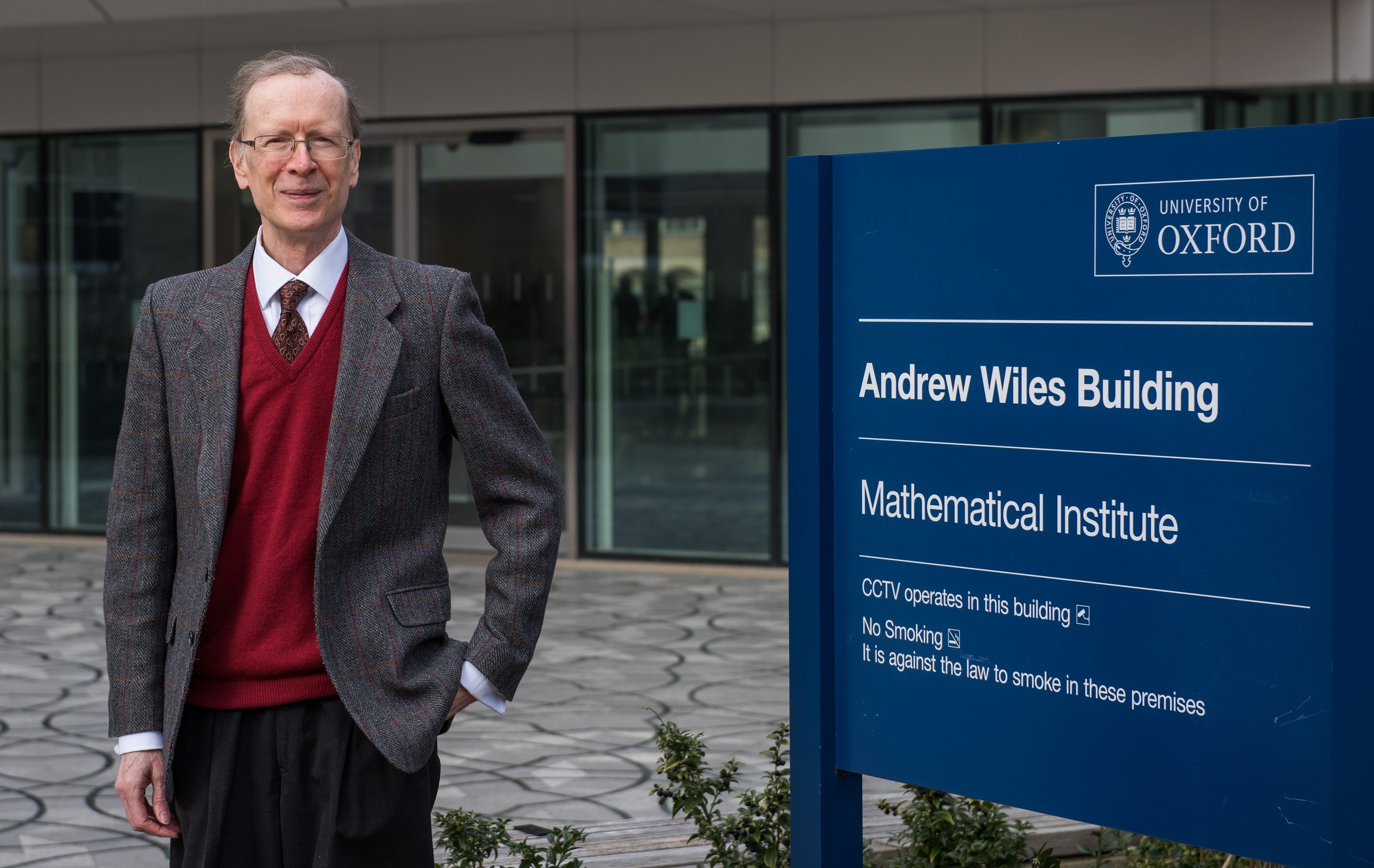Professor Gets $700,000 After Solving 358-Year-Old Math Problem
A successful proof for Fermat’s Last Theorem took a very long time.

Andrew Wiles (Photo: John Cairns/The Abel Prize)
Pierre Fermat’s Last Theorem, written in 1637, stumped mathematicians for 358 years. It was seemingly simple:
There are no whole number solutions to the equation xn + yn = zn when n is greater than 2, unless xyz=0.
But mathematician after mathematician had failed at finding a successful proof.
That is, until Andrew Wiles began working on a new proof for the theorem in 1986. Seven years later he announced to the world that he had completed the proof, ending the quest for what was then perhaps the most famous unsolved math problem in history. Wiles published his proof in 1995.
“Fermat’s equation was my passion from an early age, and solving it gave me an overwhelming sense of fulfillment,” says Wiles, a professor at Oxford University.
On Tuesday, it was announced that Wiles, 62, had won the Abel Prize, the mathematics equivalent of a Nobel. That prize comes with $700,000 and was awarded, according to the citation, “for his stunning proof of Fermat’s Last Theorem by way of the modularity conjecture for semistable elliptic curves, opening a new era in number theory.”
Wiles might have been the first to publish a successful proof of the Fermat’s Last Theorem, but he may not have been the first to think of one.
Fermat himself wrote that, yes, he could prove his famous theorem. There simply wasn’t enough space to write it out in the margins, he claimed.







Follow us on Twitter to get the latest on the world's hidden wonders.
Like us on Facebook to get the latest on the world's hidden wonders.
Follow us on Twitter Like us on Facebook